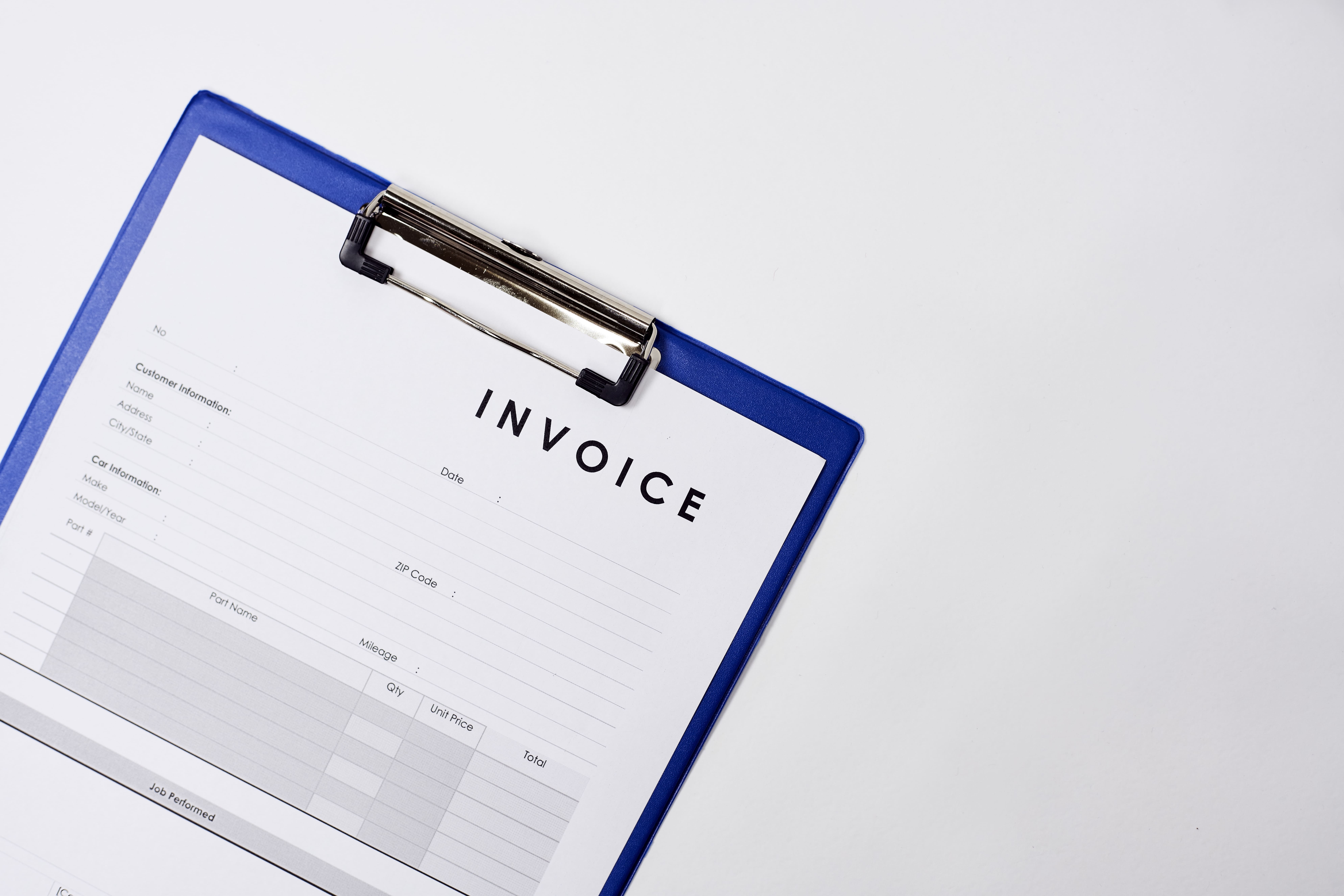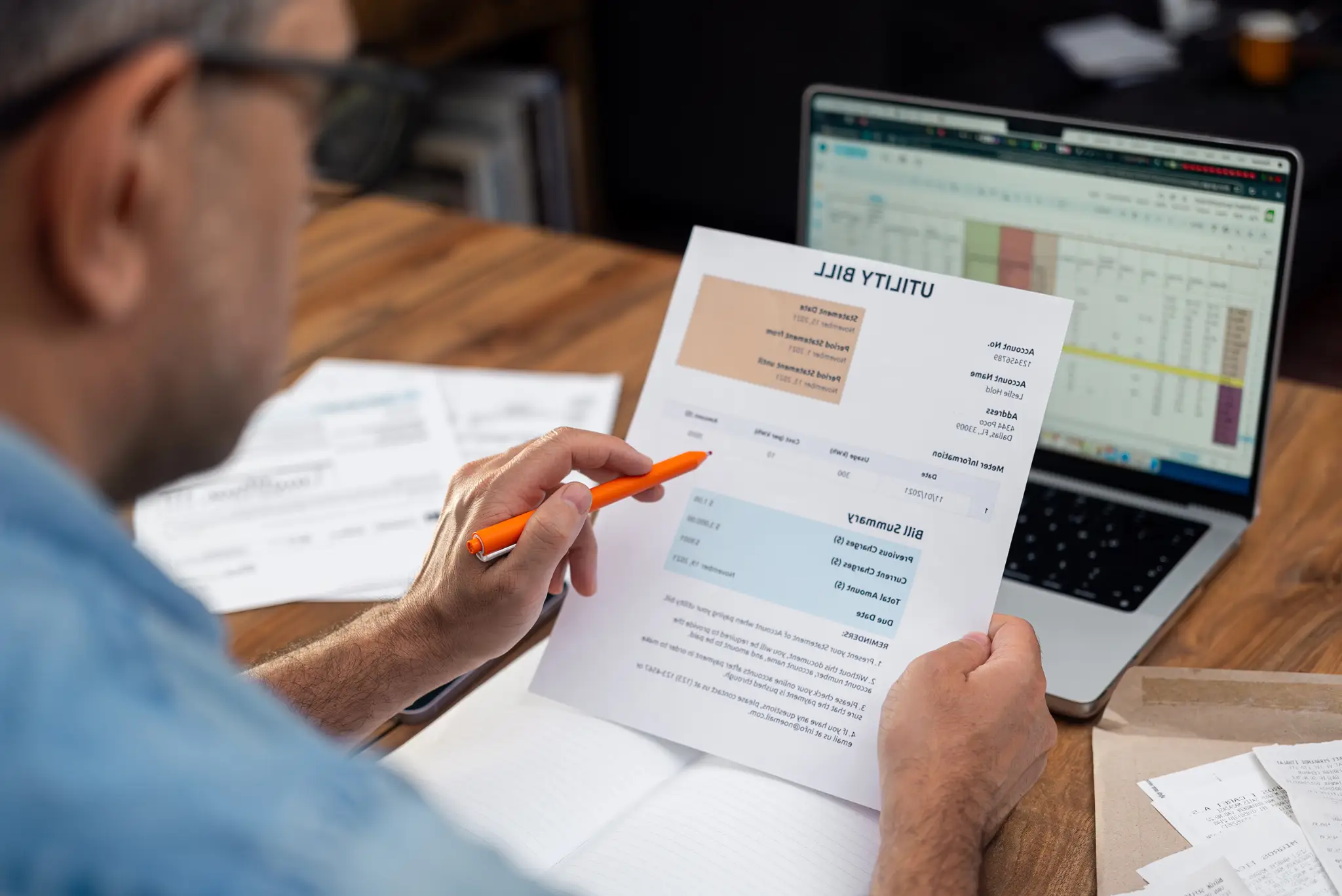You got into real estate to build wealth, not to chase down checks or wrestle spreadsheets.
The manual hassle is eating into your time and profit, and financial busywork is holding you back from gaining financial clarity.
Property management payment software are the key to automate payments and focus on growing your portfolio. In this guide, we’ll walk you through key features to look for and find your ideal solution.
Key takeaway
- Using non-specialized tools like Venmo or Zelle makes accounting difficult and complicates the essential separation of personal and rental funds.
- Automating your rent collection and expense tracking saves valuable time that can be reinvested in growing your portfolio, moving you away from manual busywork.
- A top-tier solution manages both inflow (rent/deposits) and outflow (vendors/bills), giving you a comprehensive, real-time view of your cash flow for smarter decision-making.
- The most efficient platforms combine rent collection, banking, and automated bookkeeping to ensure every transaction is instantly tagged to your property and Schedule E for hassle-free tax prep.
Why the old way of collecting rent is killing your cash flow
If you’re relying on like paper checks, Venmo, or Zelle, for rent collection process, you’re undercutting your financial goals. For a real estate business, inefficiency directly equals lost profit and time:
- Financial disarray: Using non-specialized tools, like Venmo, creates friction and prevents proper separation of rental funds from personal finances. This commingling complicates accounting and is difficult to defend during an audit.
- You lose out on valuable time: Manual bookkeeping and rent tracking east away the precious time you could have spent finding deal or closing one. With digital payment processing, you can automate the entire workflow and focus on scaling your business.
- Late payments cost: When you manually manage payments, you risk stretching your cash flow with late rent.
The truth is, manual processes are unsustainable for a growing business. Today, a 60% of renters prefer automating the rent payment, as found out by American Express and Forbes Insights. Implementing a dedicated system with automatic reminders, diverse payment options, and the power to automatically assess late fees is the best strategy to maximize your on-time payments and stabilize your cash flow.
How property management payment processing works
Property management payment processing means a comprehensive financial dashboard that manages all the money moving in and out of your rental business. To truly gain control over your rental finances, a solution must handle both income and expenses—the inflow and the outflow.
Inflow (rental income and deposits)
This is the money coming into your business, and a property management payment system makes the process simple and predictable.
- Rent payments: You can set up recurring charges, late fees, and direct deposits into your designated bank account.
- Security deposits: You can collect and separate these deposits in dedicated, compliant accounts (sometimes called escrow accounts).
- One-time fees: You can collect application fees, pet fees, or other one-time charges with automated invoicing.
Outflow
Running a rental business means managing recurring expenses efficiently. A modern platform streamlines the payment of all your rental property bills:
- Vendor and contractor payments: Pay your maintenance staff, plumbers, and other vendors with scheduled one-time or recurring electronic payments (ACH, wire, or check).
- Operating expenses: Easily pay property taxes, utilities, insurance, and mortgage payments directly from your dedicated property accounts.
- Spend control: Set spending limits on your debit cards and automatically categorize transactions, which leads to better cost control and expense reductions.
Essential features that define top-tier property management payment systems
The best property management software to collect payments offers a range of features from automated rent collection to expenses management.
Here’s a rundown of key features to look for while deciding on the one that works for your real estate business.
Streamlined rent collection and diverse payment options
The foundation of a great system is making it incredibly easy for your tenants to pay—and for you to get paid fast.
- Tenant auto-pay and reminders: Tenants can enroll in automated payments, ensuring they pay on time, every time. The system automatically sends reminders for upcoming payments and charges late fees based on your lease terms.
- Multiple payment methods: Tenants should have the flexibility to pay with the method they prefer—Automated Clearing House (ACH) bank transfer, debit, or credit card. ACH payments are typically free for the tenant if you use a platform with built-in banking.
- Fast payouts: Look for systems that deposit funds directly into your account in as little as 2 to 5 business days.
Automated accounts payable and vendor management
Manually processing contractor payments is a major time sink. The top-tier platforms treat your outgoing payments as seriously as your incoming rent.
- Virtual cards for expenses: Issue dedicated virtual debit cards to trusted contractors or property managers. This gives you granular spend control and ensures all expenses are automatically tagged to the correct property and Schedule E category.
- Payee management: A central list for your payees and vendors simplifies paying bills via ACH, wire, or even mailed check, eliminating the need for complex, manual bill-pay outside the system.
Built-in bookkeeping and reporting
The best property management payment systems automatically organize both incoming and outgoing money.
- Auto-tagging by property and Schedule E: Check if the platform offers automatic categorization by property and Schedule E. It’ll save you tons of time and keep your books organzied.
- Real-time cash flow insights: You get instant, accurate financial reports (like income statements) that show you exactly how each property is performing, allowing you to make smarter decisions and maximize deductions at tax time.
- Separate funds easily: For compliance and clarity, you need the ability to open separate accounts for operating expenses, repair reserves, and security deposits—ideally at no cost and within minutes.
Top 5 property management payment software
As you assess your options, focusing on systems that integrate core financial functions will save you the most time and money.
Here are some of the top platforms used by real estate investors, with a focus on their payment features:
Baselane
Baselane is an all-in-one banking platform built specifically for real estate investors and landlords. It helps you structure bank accounts, collect rent, and organize your books so that you get a clear picture of your property’s financial performance.
Key features:
- Dedicated accounts: Allows you to open unlimited checking and savings accounts for each property, unit, or security deposit.
- Online rent collection: Help you generate and automate invoices, set up payment reminders, and charge late fees.
- Payment options: Tenants can pay via ACH bank transfer (free with a Baselane bank account), debit card, or credit card.
- Automated bookkeeping: Offers built-in bookkeeping to help you auto-tag transactions and 120+ Schedule E category.
- Spend management: Helps you manage your expenses by allowing you to set spend limit on your virtual debit cards.
Avail
Avail is a property management platform primarily used for rental listing and rent collection. It is generally suitable for landlords managing a few properties.
Key features:
- Online rent collection: Allows landlords to schedule payments, set late fees, and send automated reminders.
- Payment options: Accepts ACH payments (for a tenant fee on the free plan) and credit/debit cards (for a fee).
- Fast payments: Next-day deposits with FastPay are available only with the paid Premium plan.
- Lease management: Offers lease creation and e-signing features.
TurboTenant
TurboTenant is an rent payment software that also offers a variety of property management features. It is often suitable for experienced landlords who can maximize the value of its additional features.
Key features:
- Online rent payments: Supports recurring charges, autopay, and payment reminders for tenants.
- Payment options: Accepts ACH, credit, or debit card payments (with fees paid by the tenant).
- Payouts: Standard payouts take 5-7 business days, but faster payouts and multiple bank accounts require the paid Premium plan.
- Leasing and Screening: Offers rental advertising, online applications, tenant screening, and state-specific leases (for an extra fee on the free plan).
Buildium
Buildium is a comprehensive cloud-based property management software designed to simplify operations for mid-to-large-sized portfolios. It includes full accounting features integrated with its payment system.
Key features:
- Online rent payments: Collects rent via ACH, debit, and credit card.
- Payment fees: Charges tenants for ACH transfers and credit/debit card transactions, though ACH fees may be waived on the costly Premium plan.
- Account setup: Requires a monthly subscription fee, and also charges a setup fee for each bank account receiving rent payments.
- Processing speed: Rent payments are processed relatively quickly, generally within 1–2 days.
RentRedi
RentRedi is a rent management software focused on providing flexible payment options to DIY landlords.
Key features:
- Payment options: Accepts ACH, credit card, and debit payments.
- Cash payments: Allows tenants to pay rent in cash at over 90,000 retail locations using a Chime account.
- Late fees: Landlords can set up automatic and recurring late fees.
- Pricing: Does not offer a free plan; charges a monthly subscription fee based on the billing interval (monthly, bi-annually, or annually).
- Processing time: Deposits typically take 4-5 days.
How to choose the right property management payment platform for your portfolio
As you look to transition away from manual processes, choosing the right solution requires balancing cost, functionality, and long-term scalability.
Cost versus value: Look beyond the monthly fee
Don't let a low monthly fee distract you from hidden costs. Focus on the overall value proposition.
- Free for landlords is best: The most competitive platforms, like Baselane, offer all their core features, including banking, rent collection, and bookkeeping, for free to the landlord, with no monthly payments required.
- Watch tenant-paid fees: Look for platforms that offer free ACH payments for tenants, and keep credit/debit card transaction fees low.
- No minimum balances or account fees: Traditional business banks often charge monthly fees unless you maintain a minimum balance. Choose a platform built for investors that offers unlimited accounts without these hidden fees.
Integrated banking and accounting simplifies everything
The goal is to eliminate manual work and the friction from using multiple non-specialized tools.
- All-in-one is the new standard: A platform that integrates banking, rent collection, and automated bookkeeping provides a single source of truth for your finances, which dramatically simplifies reconciliation and eliminates data lags.
- Specialized for real estate: A solution built specifically for landlords speaks the language of real estate, automatically categorizing expenses by Schedule E, making you effortlessly tax-ready and saving hours for you or your accountant.
Ease of use and tenant adoption
A powerful tool is useless if you or your tenants won't use it.
- Intuitive interface: Both the landlord and tenant portals must be simple and easy to navigate.
- Clear communication tools: The platform should make it easy to communicate the benefits of the switch to tenants (convenience, auto-pay, payment history), as happy tenants are more likely to adopt the new system quickly.
The number of properties you manage also impact which software works best for you. Consider reading about multi-family property management software and property management software for small landlords to make an informed decision.
How to make the switch to digital payments smoothly
The fear of switching systems is a big hurdle, but with the right plan, moving to a modern digital platform can be seamless.
Step 1: Set up your compliant banking foundation
Before you collect a single payment, set up your new, dedicated accounts.
- Open a real estate business account: Sign up for an account that is free for landlords and provides the features you need, like unlimited virtual accounts for each property and a high-yield savings option for deposits.
- Create dedicated sub-accounts: Set up a separate checking or savings account for your operating expenses, repair reserves, and most importantly, your security deposits management, to ensure compliance and avoid commingling of funds.
Step 2: Configure rent and payment rules
Set up the system to work for you so payments run on autopilot.
- Input lease and property details: Enter each rental's address, the monthly rent amount, due dates, grace periods, and late fee policies.
- Schedule automatic invoices: Automate the invoicing process for rent and any recurring or one-time fees.
- Set up the direct deposit: Link your new property bank account to receive rent payments directly, ensuring fast and hassle-free payouts.
Step 3: Communicate the change to tenants
Clarity is key for tenant adoption.
- Provide clear notice: Notify your tenants in writing, explaining that their rent collection system is moving to a new, more convenient online platform.
- Highlight the benefits for them: Emphasize the advantages, such as automatic rent reminders, the option to enroll in auto-pay, and a centralized portal to view their payment history.
- Troubleshooting support: Be ready to answer initial questions and troubleshoot any common issues to ensure a smooth transition.
Future-proof your real estate business
The core value of a modern property management payment solution lies in its ability to bring all your financial tools under one roof—giving you efficiency, clarity, and the bandwidth to scale.
By choosing an all-in-one platform, you instantly eliminate the headaches of chasing checks, manual bookkeeping, and financial disorganization.m
Baselane is built specifically for real estate investors like you, empowering you to automate rent collection, separate finances with unlimited accounts, and automatically categorize all transactions to make tax time a breeze—all with no monthly fees.
FAQs
What types of payments does property management software handle besides rent?
Property management payment automation can handle payments like utility bills, property taxes, insurance premiums, and payments to contractors and vendors for maintenance and repairs.
How does property management software help pay contractors and vendors?
Software often includes features to enter and manage invoices from vendors and contractors, facilitating payments through electronic transfers or printing physical checks.
What are the main benefits of online rent payment for landlords?
Online rent payment property management tools help you get paid faster, help pay vendors and contractors, and save time on manual tracking and reporting.
What is an ACH payment in the context of property management?
An ACH payment is a direct bank-to-bank transfer. It’s a common, low-cost method for property management bill payments, though it may take a few days to process.
Can tenants set up automatic rent payments through property management software?
Yes, most online rent payment property management platforms let tenants schedule recurring payments, so rent is paid on time every month.





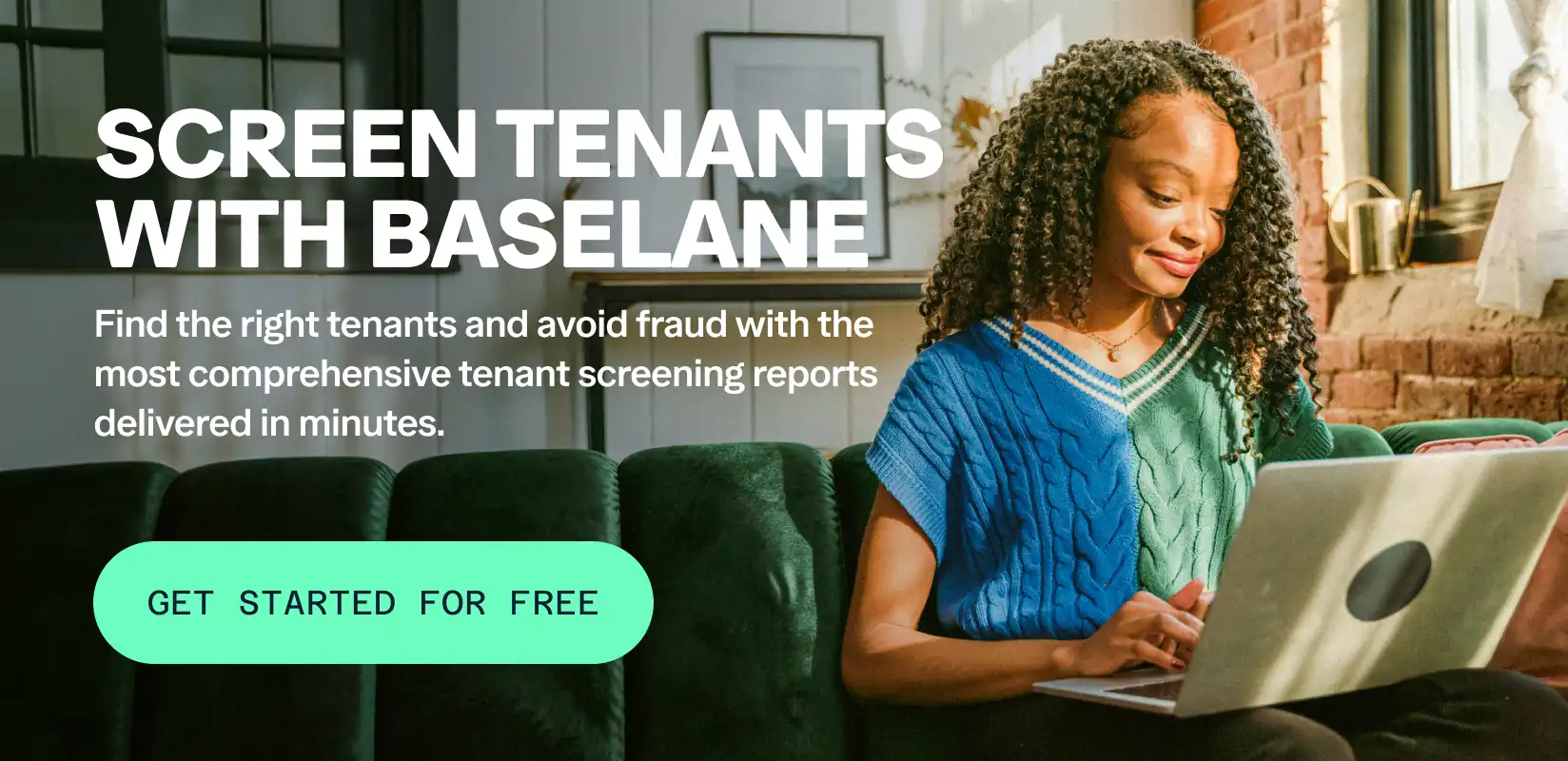


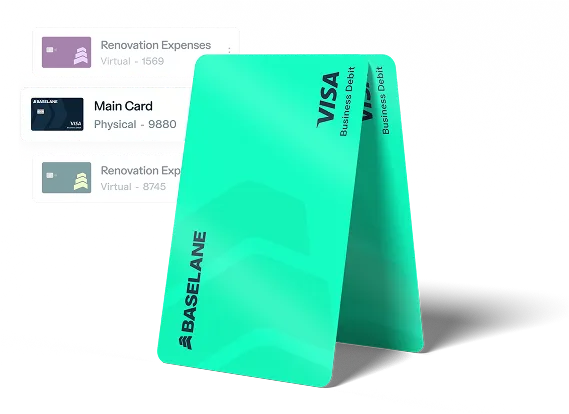


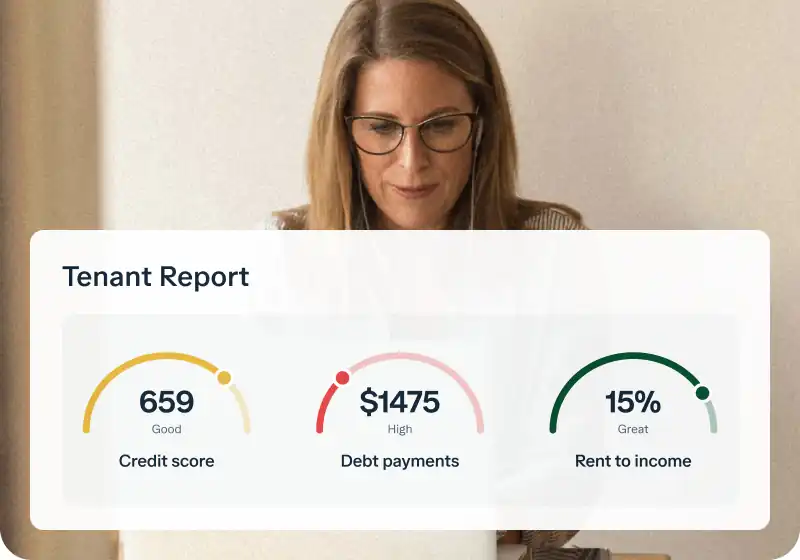

.jpg)
